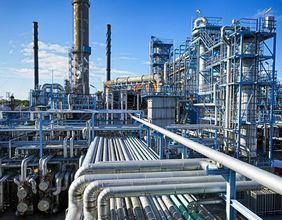Polaris amends credit agreement, repays $350 million in senior notes

However, the company will be restricted from paying dividends beyond regular quarterly dividends and from incurring certain subsidiary-level debt, with some exceptions. InvestingPro data shows Polaris has maintained dividend payments for 39 consecutive years, with 28 years of consecutive increases. The debt prepayment was funded through revolving loans under the company’s senior credit facilities. "As we continue to navigate a dynamic tariff environment, we have proactively amended our existing bank credit facility to allow more covenant flexibility within the agreement," said Bob Mack, Polaris Chief Financial Officer, in a press release statement. The company maintains a current ratio of 1.12 and has recently shown strong momentum with a 14.2% return over the past week.
Discover more insights about Polaris’s financial health and 10+ additional ProTips with InvestingPro. The amended credit agreement maintains covenants and events of default generally consistent with the prior agreement. Polaris manufactures various powersports vehicles including off-road vehicles, snowmobiles, motorcycles, and boats. The company, headquartered in Minnesota, serves markets in nearly 100 countries. In other recent news, Polaris Industries Inc.
reported a challenging start to 2025, with its first-quarter earnings missing expectations. The company posted an earnings per share (EPS) of negative $0.90, slightly below the forecast of negative $0.86. Revenue remained stable at $1.54 billion, meeting analysts’ predictions, but the company faced a 12% decrease in sales compared to the previous year. Polaris withdrew its full-year guidance due to uncertainties surrounding tariffs, which have significantly impacted its cost structure. S&P Global Ratings downgraded Polaris’ credit rating from ’BBB’ to ’BBB-’ amid predicted underperformance in revenue and EBITDA for 2025 and 2026, citing economic pressures and high tariffs.
The company plans to reduce its reliance on Chinese supplies by 30% by the end of 2025 to mitigate tariff impacts. Despite these challenges, Polaris achieved its highest Q1 operating free cash flow in nine years, highlighting its operational efficiency. The company’s outlook remains cautious, reflecting significant uncertainties in the macroeconomic environment. This article was generated with the support of AI and reviewed by an editor. For more information see our T&C.




